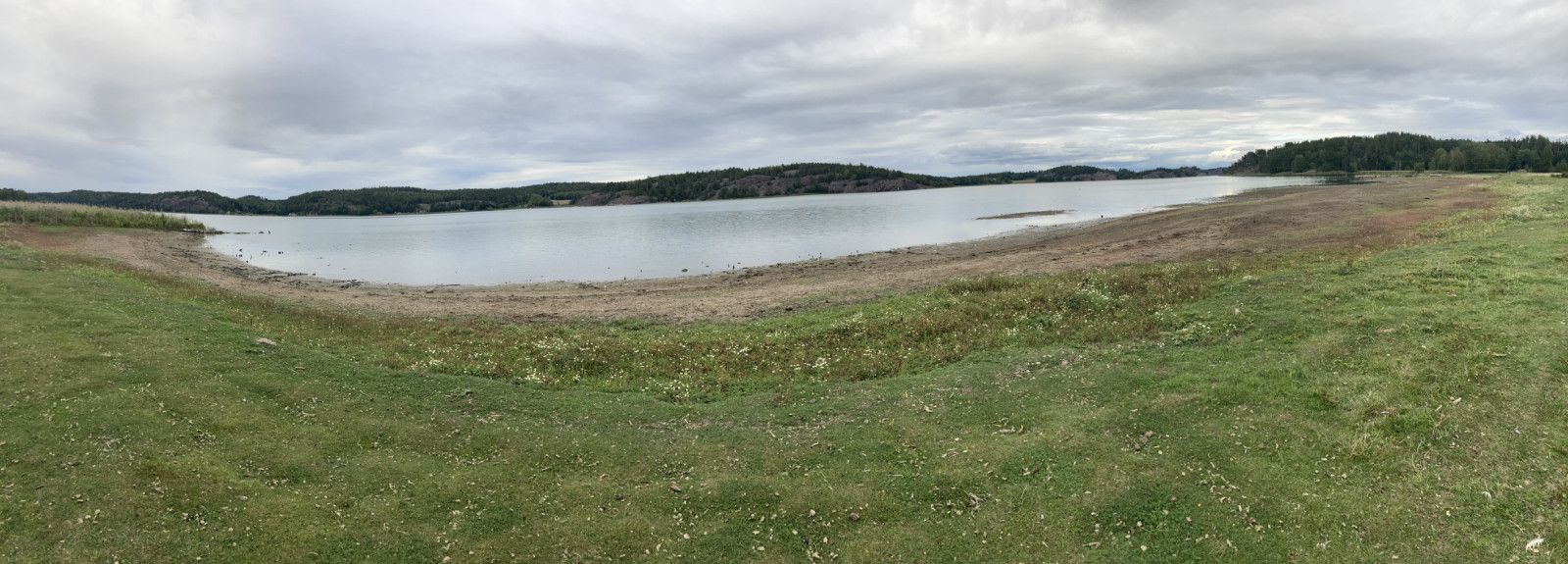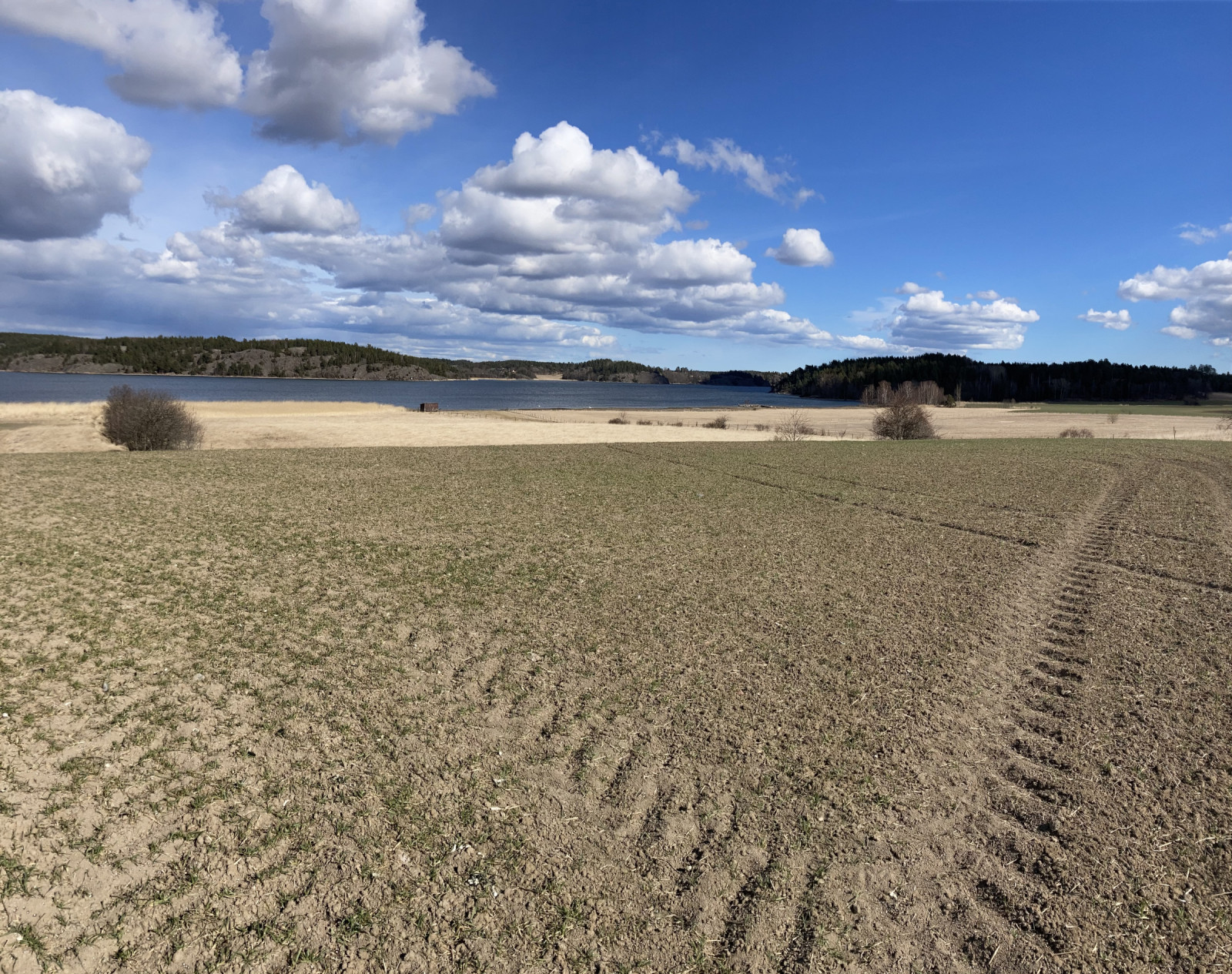Description
The birds start to arrive at Killingholmen in February when the ice starts to loose its grip on the coastal waters. Then ducks start to rest in the shallow parts of the bay; Ćubasta patka (at most 100) and around 1000 Veliki ronac can be found. Also the rarer winter ducks like Krdža, Riđoglava patka, Mali ronac, Morska crnka and Srednji ronac. A few hundred geese and around 100 Veliki labud feed on the areas fields and coastal meadows around march. In March the other early spring birds also arrive; Poljska ševa, Golub grivnaš, Čvorak and Vivak. In spring you can find Brkata senica in the reed beds.
Year round Kobac, Belorepan and Mišar are the common predatory birds. But Suri orao, Poljska eja and Riđa lunja pass by the area. Most common passerine birds arrive in March/April. Slätbaken is a stopping point for passerine birds, which makes it common to find uncommonly early Šumska ševa and Drozd imelaš.
From late February and in March the owls in the area can be heard calling. Šumska sova Mala sova and Buljina are sometimes heard. In March more geese start to arrive and not only the common Kanadska guska and Divlja guska. Also Lisasta guska (at most 67) and Belolika guska (at most 100). Guska ljigarica, Guska glogovnjača (tundranska) and Kratkokljuna guska are sometimes found. Also Mali labud has been observed.
On the coastal meadows large amounts of passerine bird start to rest in the end of March and in April. Livadska trepteljka, Bela pliska, Konopljarka are the most common. Among these Morska trepteljka is regularly seen. In the large grassy areas Ritska sova can be found. On the coastal meadows Polojka, Sprudnik pijukavac, Crvenonogi sprudnik, Zviždara, Čegrtuša, Plovka kašikara, Sprudnik migavac, Zlatni vivak, Barska šljuka and Ćubasti gnjurac. Most common dabbling ducks are found but only Krdža is numerous (at most 70). At the Torpa damm Grogotovac and Šiljkan have been seen, along with smaller amounts of other ducks.
In april large amounts of thrushes move past the fields and coastal meadows. Hundreds of Drozd pevač, Mali drozd, Drozd borovnjak and Drozd imelaš are seen. In the end of May and April most birds disappear, except for the breeders.
In May the latest passerine birds, and night active birds arrive. On the fields Eja livadarka, Sivi soko and Prdavac are found. Mrki galeb sometimes rest on the coastal meadows in May. Rumenka often sings here. On the meadows Belolika guska, Divlja guska, Kanadska guska, Čegrtuša, Crvenonogi sprudnik, Vivak, Ćubasti gnjurac, Ćubasta patka, Patka dupljašica and Liska breed. In the area Mali detlić, Rusi svračak, Krdža and Veliki labud breed. At Storåns river mouth you can observe Vodomar.
During autumn Hov strandängar becomes better for birding. From July the area is a good site for wading birds such as Vivak, Velika carska šljuka, Žalar blatarić, Žalar slepić, Polojka, Barska šljuka, Zlatni vivak, Krivokljuni sprudnik, Crvenonogi sprudnik, Sprudnik ubojica, Sprudnik migavac and Sprudnik pijukavac. These are all common, while Mala sprutka, Crnotrba sprutka, Mala carska šljuka, Seda sprutka and Riđa sprutka are more rare.
Other wetland birds are often found. Among the rarer birds Vodomar, Velika čigra, Modrovoljka and Velika bela čaplja can be noted. Large amounts of gulls, geese and terns can be found, especially Divlja guska which some years have been found as numerous as 3000.
Large amounts of passerine birds are found in the meadow areas. The most numerous passerine birds are Češljugar (250 at most), Seoska lasta (500 at most), Obična travarka, Obična beloguza, Čvorak (600 at most). Later in autumn Mali gnjurac, Mala šljuka, Planinska juričica, Ušati gnjurac, Mali ronac and Morska crnka are sometimes found.
Details
Access
Inre Slätbaken is located east of the town of Söderköping. Parking can be found around Hov and several other places. Click on a P in the map for directions to a parking spot.





